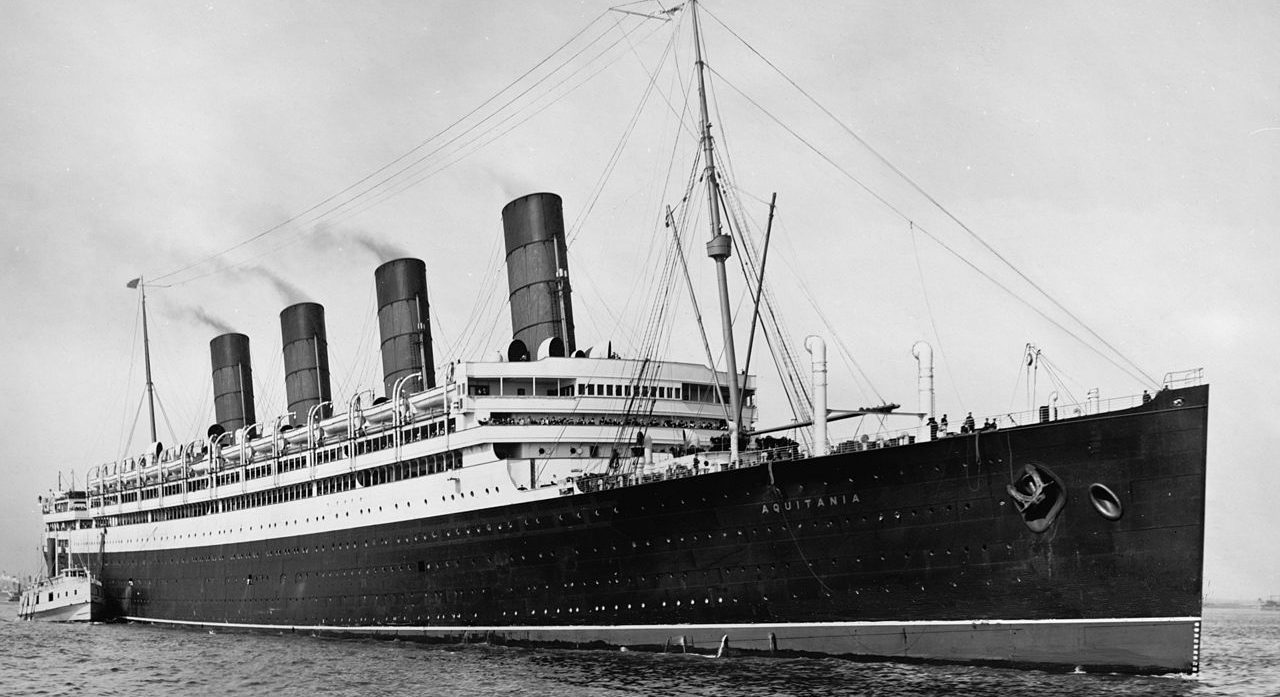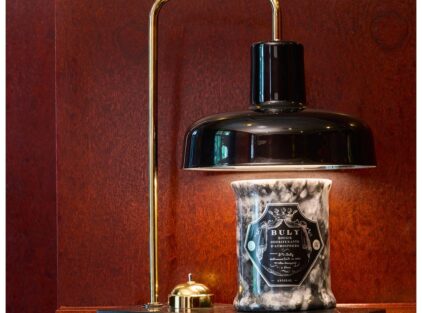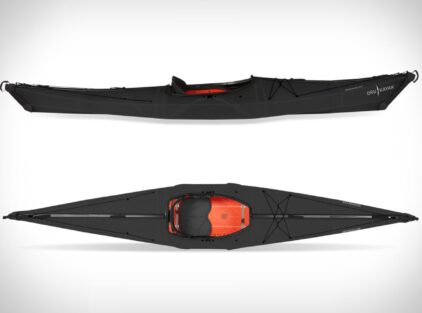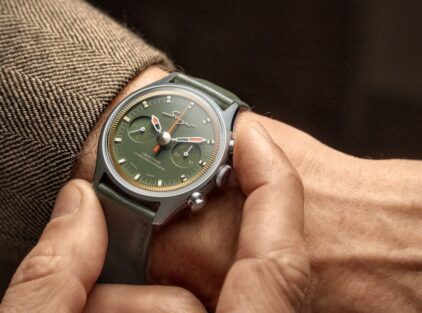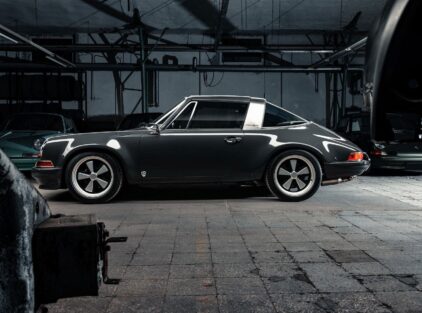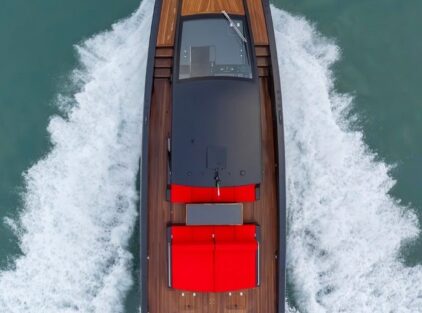The story of merchant ships crossing the Atlantic is as old as when Christopher Columbus discovered America. It’s revival however, reached a milestone in the year 1860, with the launching of the “Great Eastern”, the largest “paddle wheel” steamship ever built. It was 211 meters long, 37 meters wide, 18 meters deep, and had a 32,160-ton displacement. The ships that were to be built thereafter, were not just a means of transportation, but were considered a “national” symbol of power for states. It was a matter of pride for a state to have the largest and fastest ships in its fleet, especially in Europe, where nationalism was booming
Julius Verne, one of the most famous passengers of the ship “Great Eastern”, described his journey in the novel “The Floating City” (“Une Ville Flottante”, 1871), where he wrote: “More than a vessel, it is a floating city, part of the country, “detached” from English soil. The “Great Eastern” is not merely a miraculous nautical engine, but rather a microcosm, carrying a small world with it, where the passenger will experience the instincts, follies and passion of human nature. ”
In a world that was quickly changing due to the second industrial revolution, many wonders of modern engineering were successfully applied to ships that were built at that time. Passengers on the maiden voyage of “America” marveled at the elevator, whose operator not only would take note of the journeys, but would proudly announce to passengers, the number of trips he had made, 1,825 in total. The golden years of the steamship age coincided with the years of mass immigration from Europe to America
The company White Star, owner of the “Titanic”, French Line, Hamburg-America Line and Cunard Line were companies that would dominate the Atlantic crossing, competing with each other to bring millions of passengers from Europe to America, based on the size, speed and luxury of the ships they built. Competition was such between these companies, that the construction of every new ship, was something that would be advertised in the media. “Two White Star Line streamers, which will be larger than any vessels ever built, will arrive in Belfast next June. The names of those vessels will be “Olympic” and “Titanic”. This article is from a front-page publication in the New York Times from April 23rd, 1908.
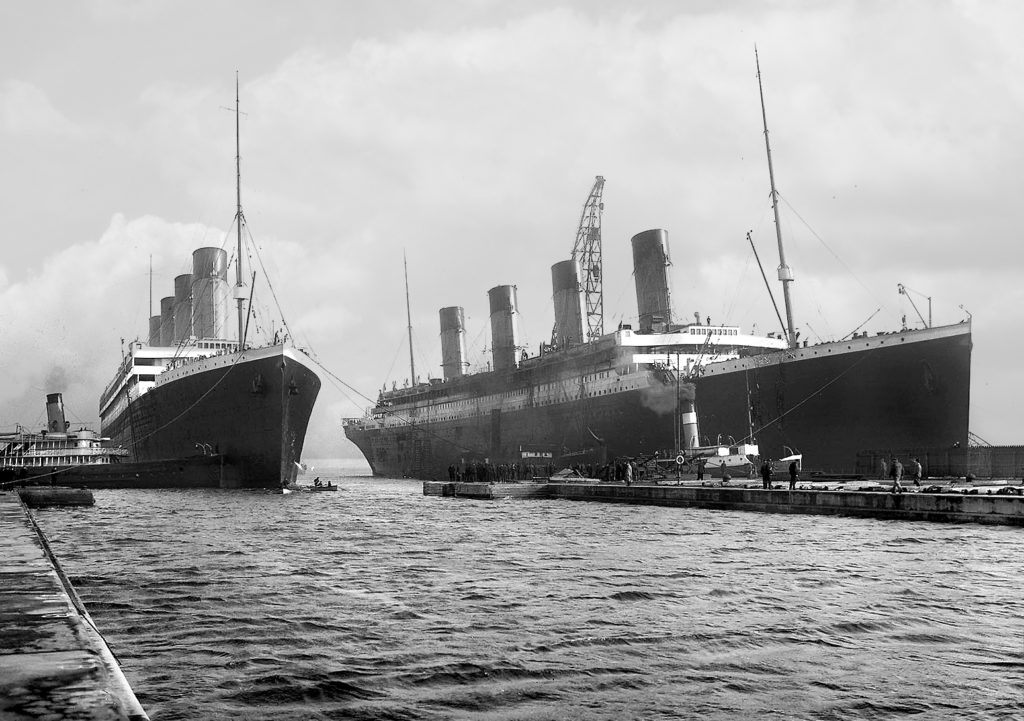
Speed was of great importance, and the ship that made the fastest Atlantic crossing, won the Blue Riband honorary distinction and gained the biggest share of the ticket market. Companies that could not compete with speed, would put their weight on ship size and luxury. The emphasis on luxury was a method with which shipowners would make passengers forget they were at sea. Today, a flight from London to New York takes about six hours. In 1912, the same trip on an ocean liner took about a week. The company’s goal was to create a ‘familiar’ environment for their passengers, like that of a luxurious hotel that one would stay in before or after arriving to their destination. It was a “bridge” so to speak, between hotels. For this reason, prominent architects of the time were recruited. Hamburg-America Line hired Charles-Frederic Mewes, architect of the Ritz hotels in Paris and London, to design public areas for the “S.S. Imperator” and the “S.S. Vaterland”. The Cunard company respectively brought 300 Palestinian artisans to England to craft all the woodwork of the “Mauritania”. When Cunards attempt to “steal” the idea was unsuccessful, he hired his partner Arthur Davies, to design the “RMS Aquitania” in 1914. The obsession that ship owners had with hotel “design”, led art critic Bernard Berenson to call this “phenomenon”, Ritzonia. It was a golden era of “aesthetic” exaggeration. A time where the toilets in first class were silver plated and passengers of the ocean liners travelled with their maids and they with their assistants.
An era, where as a “chronographer” characteristically wrote: “At the dinner table in any first-class dining room, one never needed to ask for salt. There was always someone standing behind you to give you the salt before even thinking about asking for it”. In the early years of navigation, shipbuilders focused on designing the largest and fastest ships that had ever been built, using new technologies, innovative methods and applications of the time, but completely ignored the social changes that were arising, both in Europe and in the New World. In the male-dominated shipping world, a “Victorian air” still existed. If someone looked at the architectural sketch of ships at that time, such as White Star’s “Olympic” – owner of the famous “Titanic” – they could understand the socio-sexual prejudices of the time.
The men’s cigar room for example, had already existed on ships for forty years before the “Olympic” was built in 1911. On the “Olympic”, it was the largest room on the ship, even larger than the ballroom, where entrance to both genders was allowed. While men enjoyed their cigars after dinner, their wives would retreat into the library.
